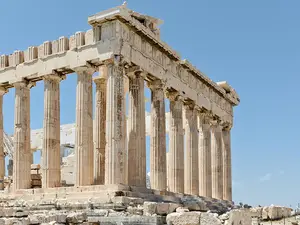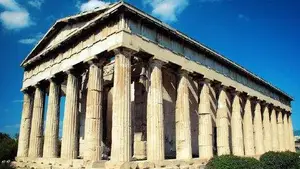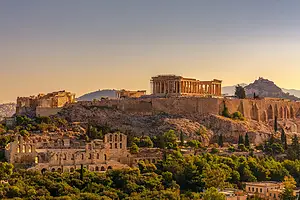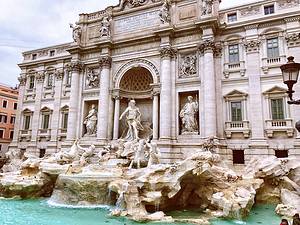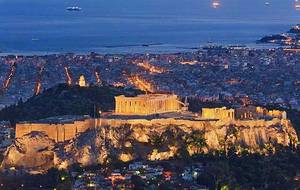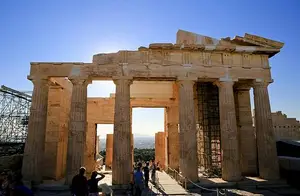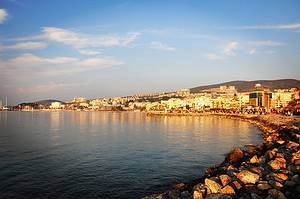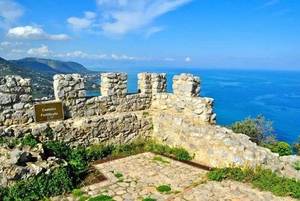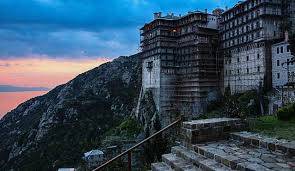Arch of Hadrian, A Timeless Symbol of Ancient Triumph
Amalias avenue, Athens
3.7
Introduction
The Hadrian's Arch, located 325 meters southeast of the Acropolis of Athens, is a triumphal arch from Roman times. It was built by Emperor Hadrian in 131 AD and is 13.5 meters high and 18 meters wide. The building spans an ancient road leading to the buildings in the east of Athens, including the Temple of Olympian Zeus. It is said that Emperor Hadrian came to Athens to offer a gift to the newly built temple, generously donating a large amount of money and property. As a gesture of gratitude, the local residents built this arch. At that time, this building divided the city into two parts, old and new. The inscription on the arch reads "This is Athens, the ancient city of Theseus" and "This is the city of Hadrian, not of Theseus," which shows the historical origin of the arch. The Hadrian's Arch is supported by Corinthian style pilasters and has inscriptions on both sides facing the Acropolis of Athens and the new city. The Temple of Olympian Zeus is located opposite the arch and is now in ruins. Although time has greatly changed the appearance of the arch and the carved parts are severely damaged, it is still a symbol of Athens' entrance and displays the wonders of ancient architecture and historical memory. Address Amalias avenue, Athens
Opening hours Open all day.
Transportation You can choose to take Subway Line 2 to Akropoli Station to arrive.
 The arch is new
The arch is new